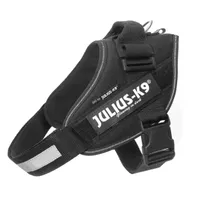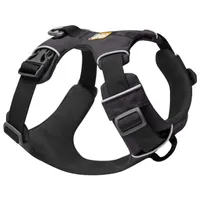How to use a harness on a dog: Tips and tricks from a vet
Wondering how to use a harness on a dog? We’ve got you covered in this step-by-step guide.

Figuring out how to use a harness on a dog is one of those things that can take some practice. With so many different styles of harnesses on the market, we don’t blame you if you feel like you’re trying to work out some kind of complex puzzle! But we promise you it’s worth it because a good harness can make those daily walks with your fur friend a lot more enjoyable.
Investing in the best dog harness is a real lifesaver if you’re looking for a way to have more control over your pup when you’re out and about. Unlike a collar, a harness can also help alleviate neck pain by spreading pressure across your dog’s chest and back.
But how on earth do you go about fitting one? As with all new things, our canine companions often require us to be patient and move slowly as they get used to wearing a harness, so it’s important not to rush things. You’ll also want to ensure you select the right harness for your pup — if they tend to lunge on walks, consider buying the best dog harness for pulling.
Once you’ve purchased a harness for your pup, you’ll find this guide helpful in walking you through the process of getting your dog comfortable with wearing it. We put together these step-by-step instructions with the help of expert vet Dr. Rebecca MacMillan, who also shared her thoughts on whether collars or harnesses are better (spoiler alert: there are pros and cons to both!)
How to use a harness on a dog
1. Measure your dog to determine the best harness size
When it comes to how to measure a dog for a harness, follow these loose guidelines below for an idea of what size best fits different breeds, but remember that these are general guidelines. You may need to adjust the harness for your dog, or get a different one entirely.
"Follow the manufacturer's guidelines about how best to measure your dog for your chosen harness. Typically, you will need to weigh your dog and measure around the largest point of your dog’s chest," Dr. MacMillan advises.
Get the best advice, tips and top tech for your beloved Pets
| Harness Size | Chest Measurement | Weight | Sample Breeds |
|---|---|---|---|
| XX-Small | 8-10” | Less than 5 lbs | Chihuahua; Teacup Yorkshire Terrier |
| X-Small | 10-15” | 5-10 lbs | Dachshund; Maltese Toy Poodle |
| Small | 15-22” | 10-25 lbs | Cavalier King Charles; Miniature Schnauzer; Pekingese |
| Medium | 20-30” | 24-50 lbs | Beagle; Cocker Spaniel; Corgi |
| Large | 25-40” | 40-70 lbs | Basset Hound; Dalmatian; Pit Bull |
| X-Large | 31-41” | Greater than 70 lbs | German Shepherd; Great Dane Rottweiler |
2. Get your dog used to the harness
After picking out the right harness, let your dog get used to it before trying to put it on. Give them a chance to smell it and put some of the best dog treats on it to encourage them.
"Allow your dog to look and sniff at the harness before trying it on. Praise and reward them for this," says Dr. MacMillan.
We also recommend you fasten and unfasten the harness several times before you put it on your dog so that your dog isn't startled by the sound of the harness being clipped into place.
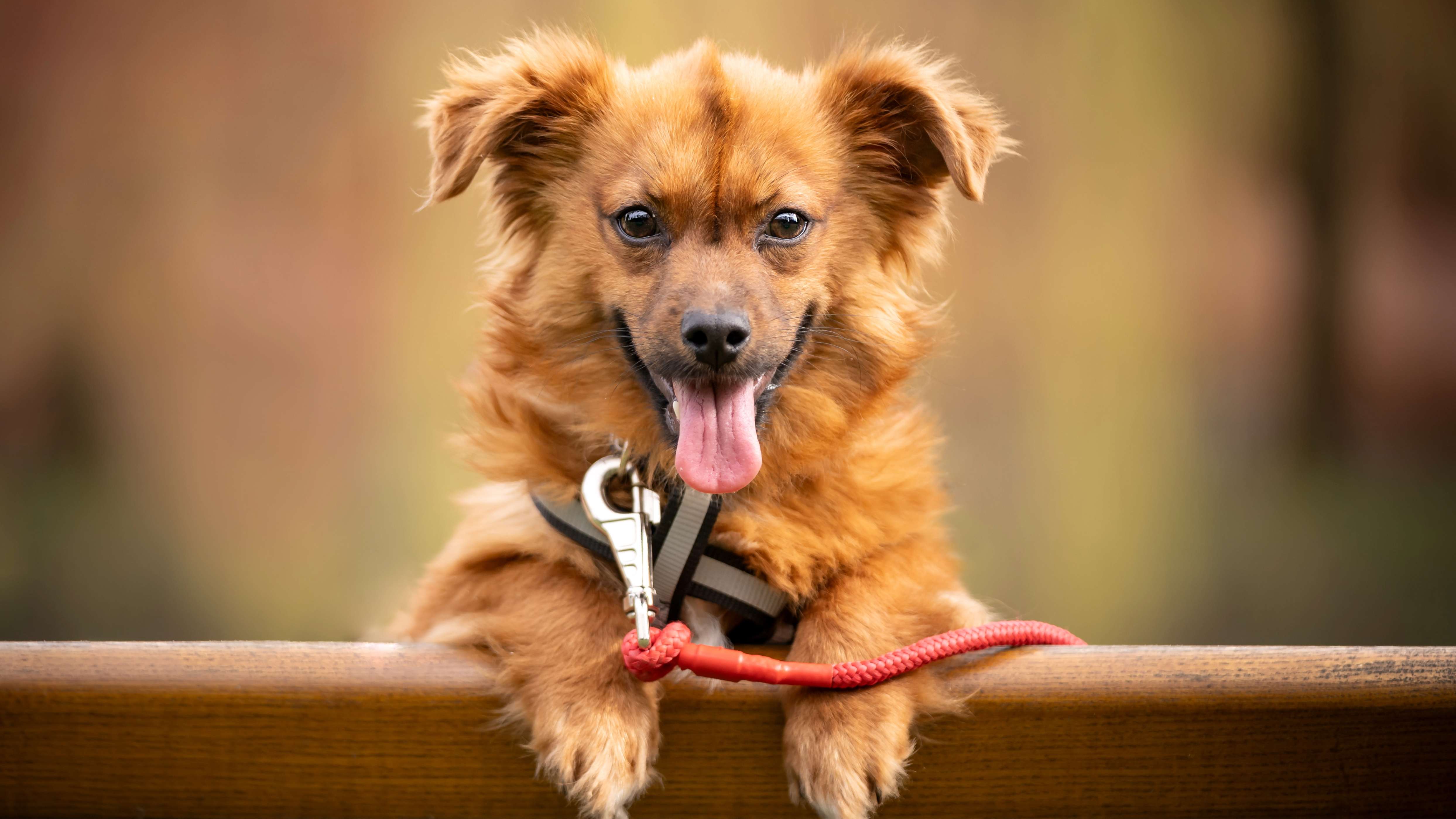
3. Put on the harness
There are different types of dog harnesses, so how you put one on your dog will depend on the style. This helpful guide compares a front-clip vs back-clip harness.
A standard dog harness, which has a loop that goes around the ribs and another around the neck, is easies to put on when standing or sitting behind your dog. Slip it over their head, make sure the D-ring (which is where you clip the leash) is positioned on their back, and slip their legs through the leg holes in the harness. Then buckle.
If you have a step-in dog harness, you'll need to lay the harness flat on the ground so that the two triangles that make up the harness' shape are clearly visible. Hold your dog gently from behind and place their two front feet into the two triangles, then clip them together over your dog's back.
If you have a front-clip dog harness, which has the leash clip in the front to further discourage pulling, you may have one that is the exact same design as a standard harness, just with a D-ring in front. IF you have a slightly different front-clip harness, it may have a single loop that goes around your dog's ribs with a single strap that goes across the chest. There are no separate sections for the dog's legs with this design.
If you have this type of front-clip harness, it's easies to kneel to one side of your dog, put the loop over their head, reach under their belly, and clip the belly strap.
4. Practice inside
Get your dog or puppy used to their harness with a few little walks inside first. Clip the leash on and walk with them in a room that has little to no distractions, praising them when they walk well. You can even clip the leash on them and call them to you, offering treats when they successfully make it over. A harness and leash may be overwhelming, especially for a puppy, so you want to take it slow says Dr. MacMillan.
"Allow your dog to wear the harness for short periods indoors, praising them and playing with them so that they build a positive association with it. If they become distressed remove the harness and gently try again another time."
5. Venture outside
"Once your dog is happy wearing their harness at home, you can start going for short walks in it, gradually building up the length of time your dog exercises in it," says Dr. MacMillan.
Be patient as there are tons of distractions outside that can make this a tough experience for your dog, or can make them behave a little less than stellar at first. Keep the walks brief at first, and praise and reward often.
IDC Harness by Julius-K9
A comfortable back-clip harness which is particularly helpful for dogs that may have learned how to wriggle out of their traditional harnesses.
Are collars or harnesses better for dogs?
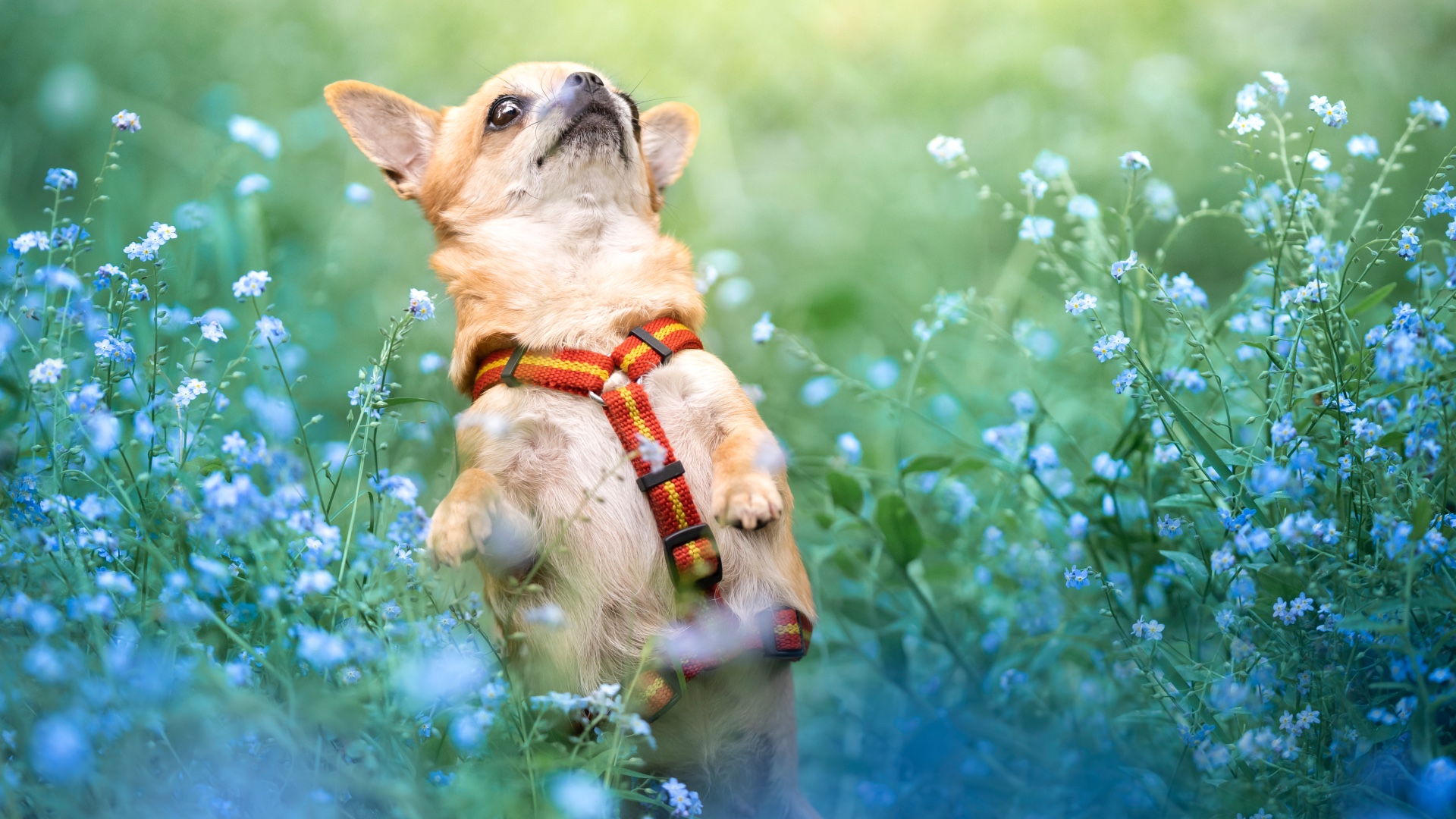
While we've got a great guide called harness vs. collar that goes into this issue in more detail, we asked Dr. MacMillan for her professional opinion on which option she would recommend. Here's what she had to say:
"A collar will work fine for some dogs, whereas a harness will be better for others. There is not one superior product, as there are pros and cons to each. Collars are more comfortable and can be worn at all times. You can also hang your dog’s ID tag on them, which they should always wear in a public area. For this reason, many dogs will still wear a collar even if they are exercised in a harness.
If your dog pulls on the leash, they can put strain on their neck which can be problematic for those with compromised airways or spinal issues. Some dogs seem to easily slip out of a collar, whereas a harness can be more secure.
Harnesses can also spread the pressure more evenly across their back and chest. But be warned, some dogs will lean into a harness and pull against you, much like a Husky pulling a sled! It is important to put some thought and research into the type of harness to buy, as well as getting the fit right."
Ruffwear Front Range Dog Harness
This harness offers two connection points to allow for walking or training your dog with a double-ended lead. Its Y-shaped style won't limit your dog’s movement and the thick padding ensures comfort on walks.
Can a dog wear a harness all the time?
"Harnesses should only be worn when going out on walks, not all the time," explains Dr. MacMillan. "They tend to be big and bulky, becoming uncomfortable when worn for extended periods or when your dog is trying to lie down and rest.
Collars however can be worn all the time, which can be useful if you need to hold on to them when the doorbell goes suddenly or to stop them jumping up at visitors."
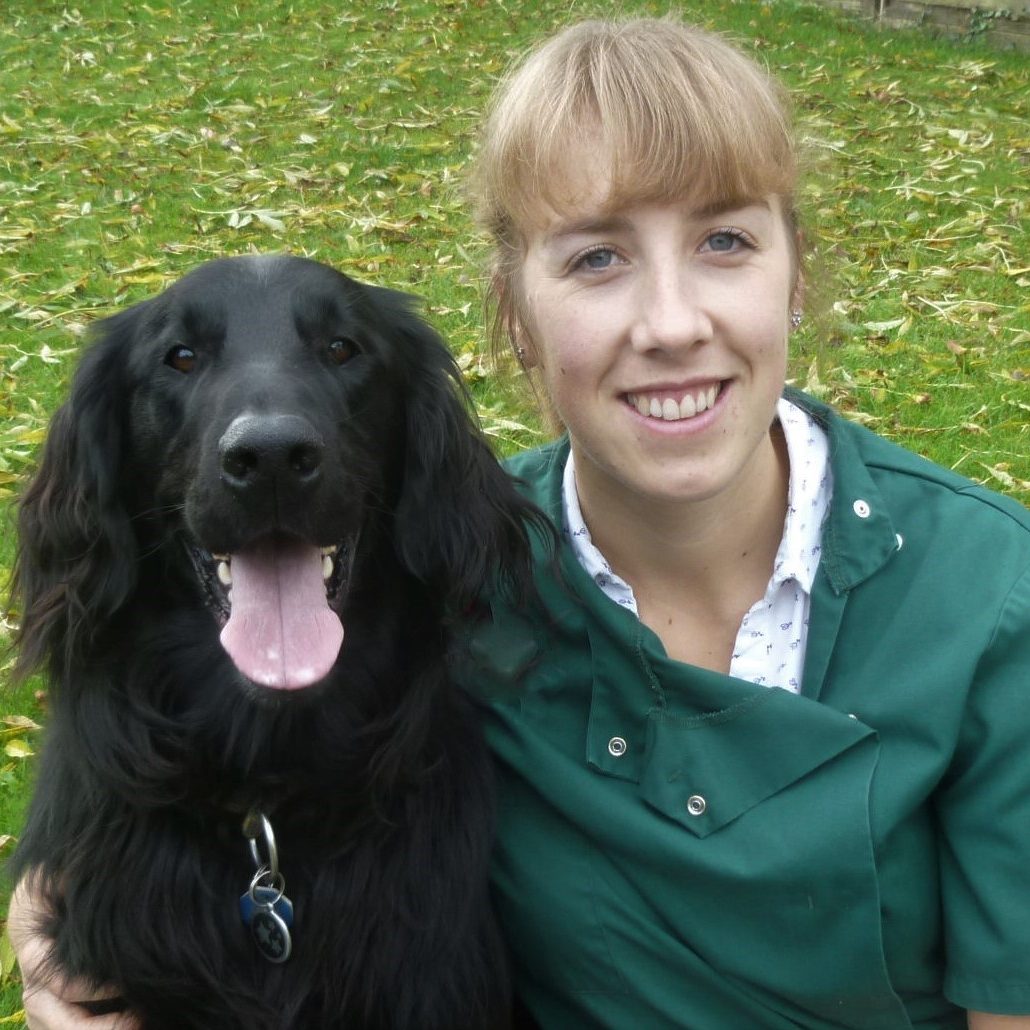
Rebecca is a vet surgeon who graduated from the Royal Veterinary College in 2009. She has a wealth of experience in first opinion small animal practice, having done a mixture of day-to-day routine work, on-call emergency duties and managerial roles over the years. She enjoys medicine in particular and she is proud to have recently achieved a BSAVA postgraduate certificate in small animal medicine (with commendation). She writes on various feline and canine topics, including behavior, nutrition, and health. Outside of work and writing she enjoys walking her own dog, spending time with her young family and baking!
If your dog hates their harness, this feature explains the most common reasons and how to help them.
- Dr. Rebecca MacMillanVet
- Kathryn WilliamsFreelance writer
